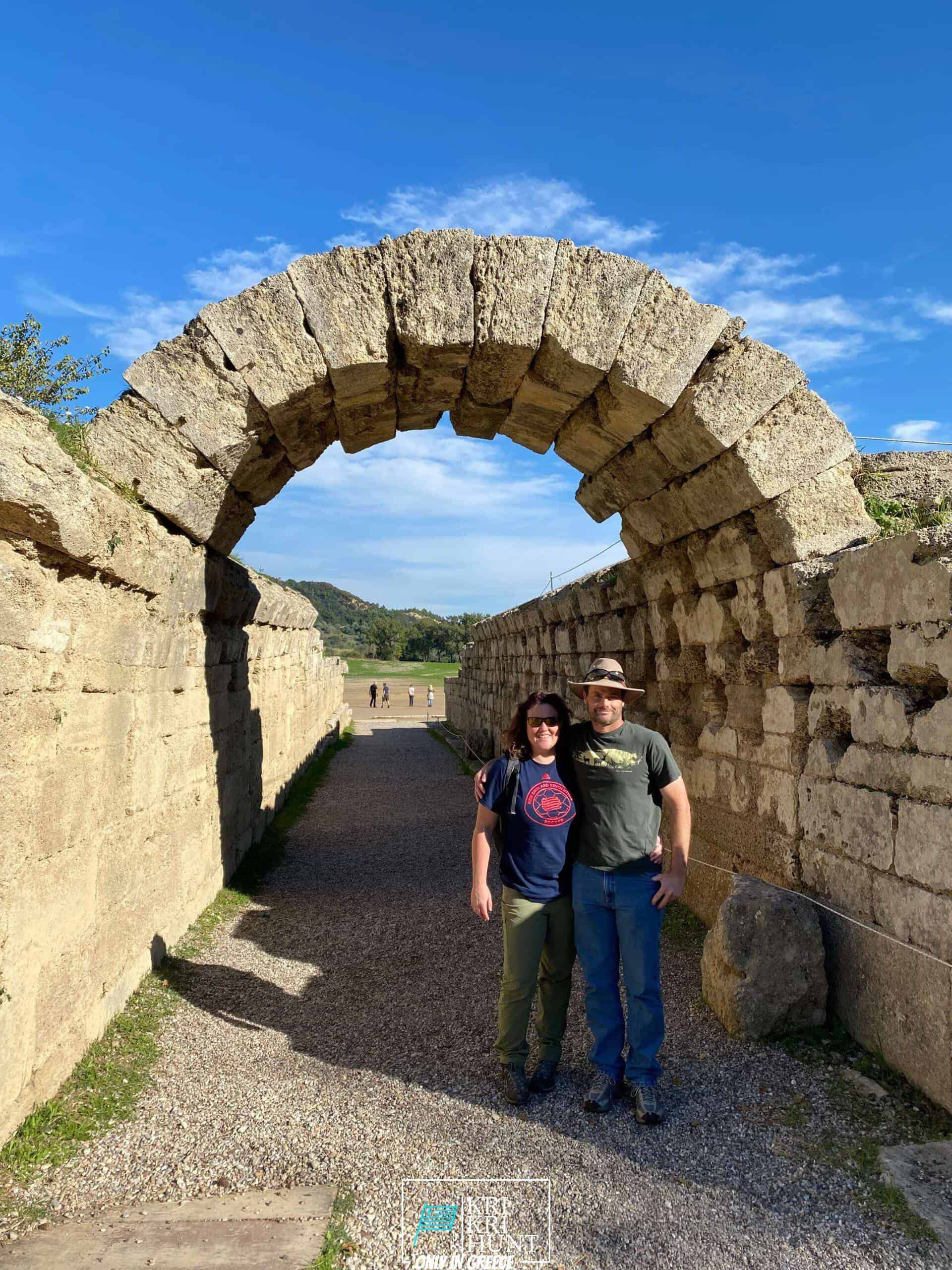Kri-kri ibex searching in Greece
Kri-kri ibex searching in Greece
Blog Article

The Kri Kri ibex search in Greece is an unbelievable searching getaway and also an amazing searching expedition all rolled right into one. Searching for Kri Kri ibex is an unpleasant experience for the majority of hunters, yet except me! It's an incredible hunt for a stunning Kri Kri ibex on an exotic island as we explore old Greece, dive to shipwrecks, as well as search during five days. What else would certainly you like?

Pursuing the kri kri ibex in Greece is an uphill struggle, particularly if you're an international hunter. You must be a regional seeker in order to hunt kri kri ibex, which can just be fired in certain meticulously protected hunting locations like specific islands. On two islands, 150 kilometers/ Atalanty/ and also 300 kilometers/ Sapientza/ from Athens, we offer the possibility to quest this amazing animal. It is just fired in unique hunting areas from early morning until twelve noon, according to Greek legislation. Only shotguns might be used, as well as just slugs may be utilized. Slugs are the only ammo permitted. To guarantee that just severe hunters are permitted on these explorations, you should book a year beforehand for your certificate. The licenses are provided by the Greek Ministry of Nature as well as Agriculture as well as the government concerns a specific number each year.
Our outside hunting, angling, and also totally free diving trips are the perfect way to see every little thing that Peloponnese needs to provide. These scenic tours are made for tourists that intend to leave the beaten path and truly experience all that this incredible area needs to offer. You'll get to go searching in a few of one of the most attractive wilderness areas in Greece, fish in crystal-clear waters for a range of different species, and cost-free dive in several of one of the most spectacular coastline in the Mediterranean. As well as most importantly, our seasoned guides will certainly be there with you every action of the method to make certain that you have a delightful as well as risk-free experience.
There is truly something for everybody in the Peloponnese peninsula. Whether you are interested in background and society or nature as well as outside tasks, this is a suitable location for your following getaway. If you are short promptly, our searching and also exploring Peloponnese Tours from Methoni is an excellent method to see every little thing this spectacular location needs to offer.And lastly, your Kri Kri ibex prize is waiting for you.
What is the diference between Kri Kri ibex, Bezoar ibex and hybrid ibex
The kri-kri is not thought to be indigenous to Crete, most likely having been imported to the island during the time of the Minoan civilization. Nevertheless, it is found nowhere else and is therefore endemic to Crete. It was common throughout the Aegean but the peaks of the 8,000 ft (2,400 m) White Mountains of Western Crete are their last strongholds–particularly a series of almost vertical 3,000 ft (900 m) cliffs called ‘the Untrodden’—at the head of the Samaria Gorge. This mountain range, which hosts another 14 endemic animal species, is protected as a UNESCO Biosphere Reserve. In total, their range extends to the White Mountains, the Samaria National Forest and the islets of Dia, Thodorou, and Agii Pandes.
This Ibex is NOT a diminutive form of the Bezoar Ibex, which has migrated into the western-most reach of the range of this species. The kri – kri (Capra aegagrus cretica), sometimes called the Cretan goat, Agrimi, or Cretan Ibex, is a feral goat inhabiting the Eastern Mediterranean, previously considered a subspecies of wild goat. The kri-kri has a light brownish coat with a darker band around its neck. It has two horns that sweep back from the head. In the wild they are shy and avoid tourists, resting during the day. The animal can leap some distance or climb seemingly sheer cliffs.
“The agrimi goat Capra aegagrus cretica is unique to Crete and its offshore islands. It has been identi®ed as a sub-species of the wild bezoar goat Capra aegagrus aegagrus Erxleben, 1777, which it closely resembles in horn shape, body form and coloration. This classi®cation has been disputed by some researchers who claim that the agrimi are feral goats, derived from early domestic stock brought to the island by the ®rst Neolithic settlers. In order to clarify this issue, DNA analyses (cytochrome b and D loop sequences) were carried out on tissue of live and skeletonized agrimi and compared to sequences of wild and domestic caprines. Results conclusively show the agrimi to be a feral animal, that clades with domestic goats (Capra hircus) rather than with wild Asiatic bezoar. This study demonstrates that morphometric criteria do not necessarily re¯ect genetic af®nities, and that the taxonomic classi®cation of agrimi should be revised.”
Report this page